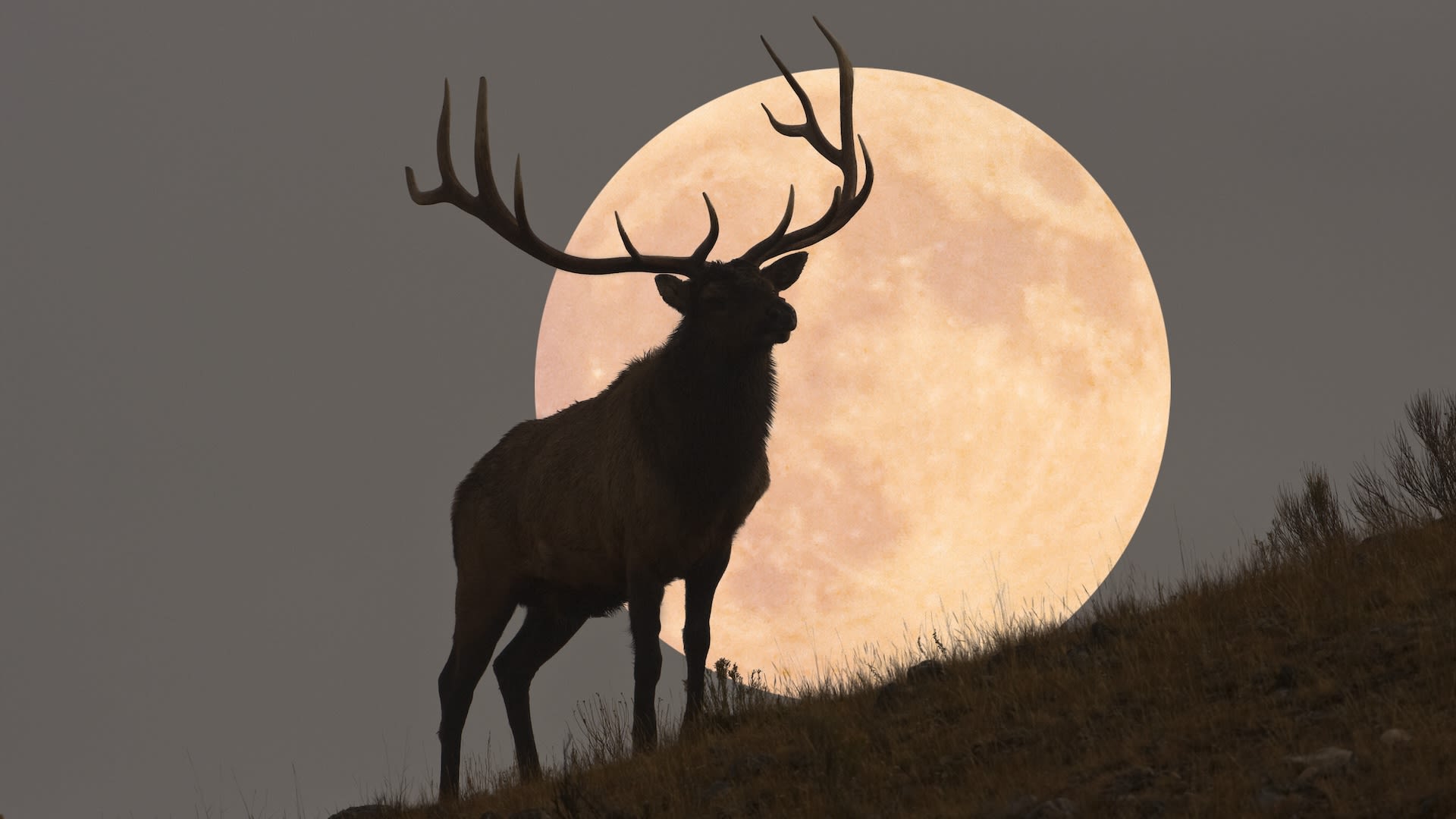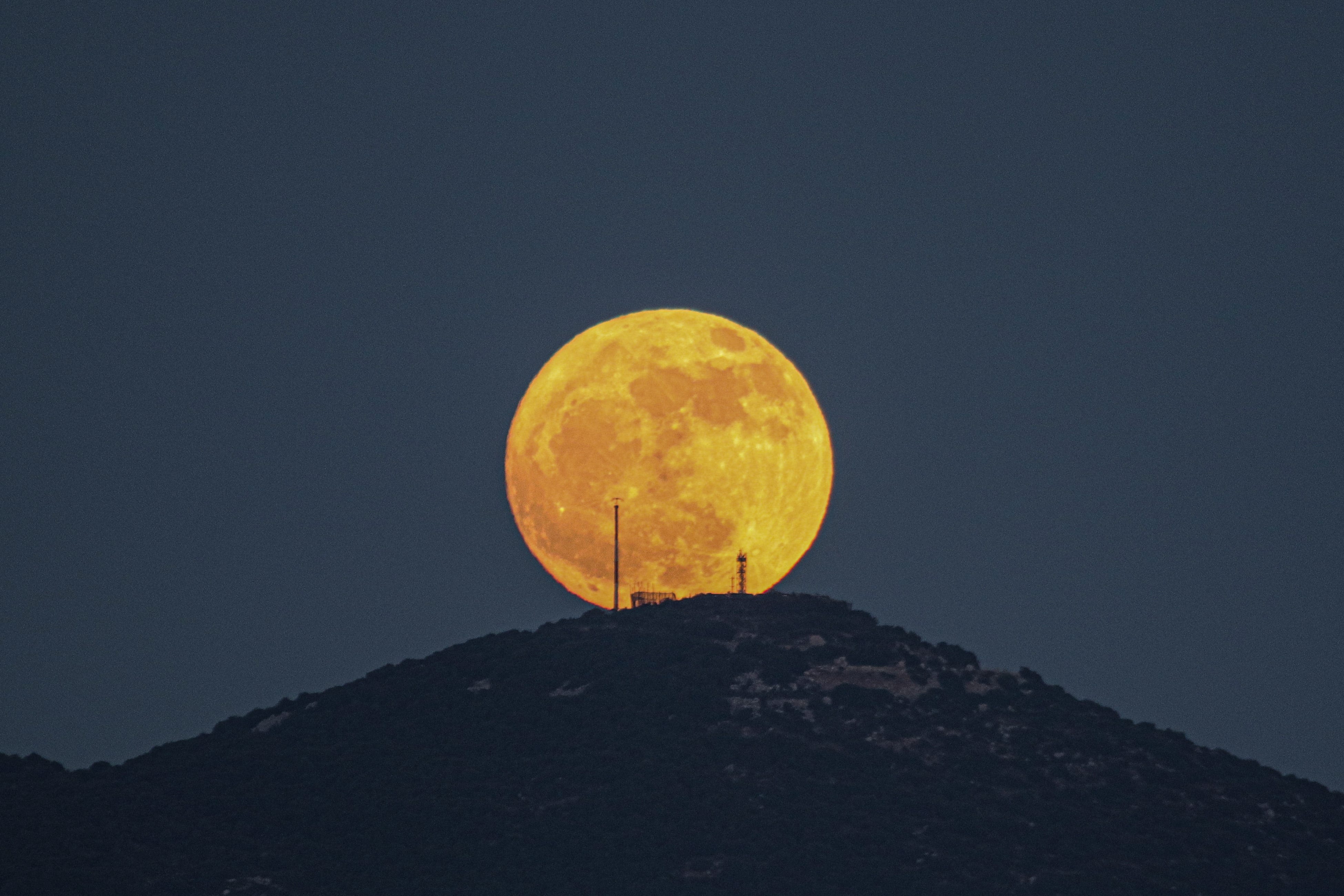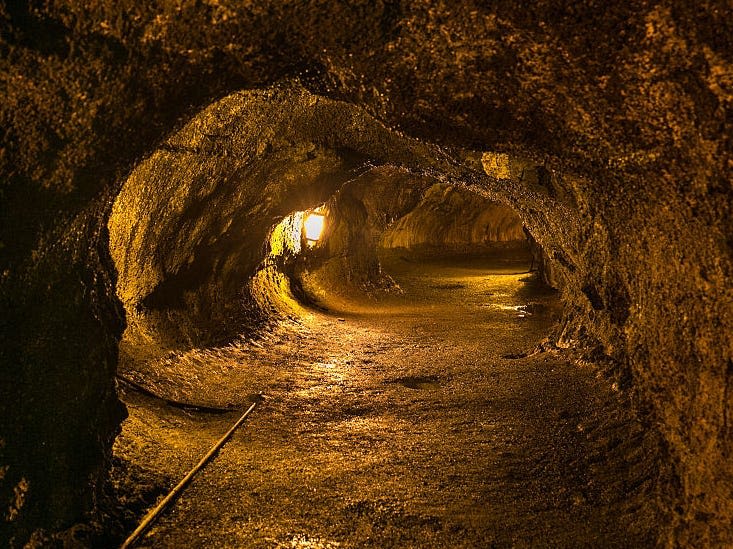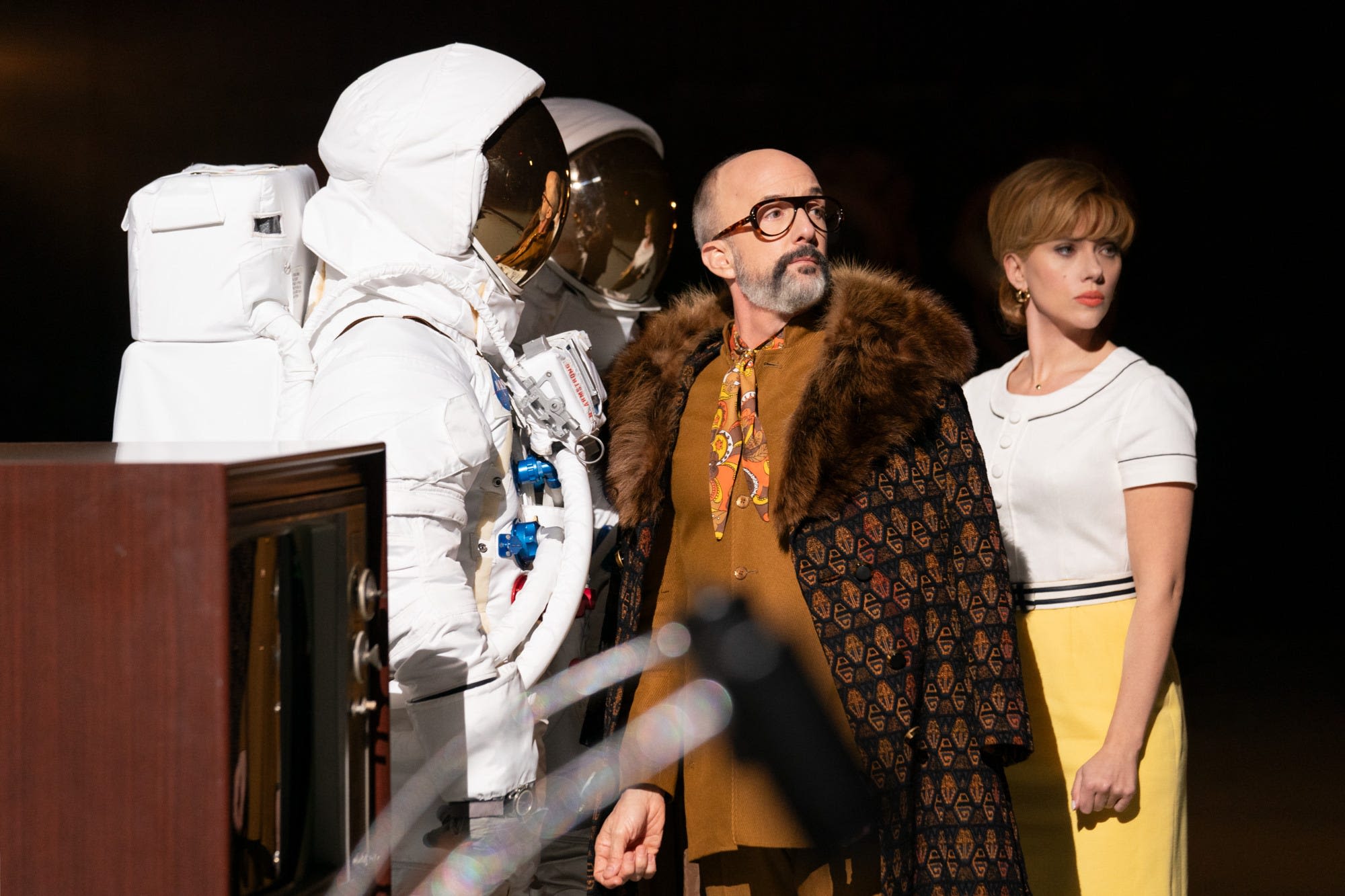Search results
News about July, full moon, Buck Moon
News about underground cave, moon, caves
Also in the news
The Moon is Earth's only natural satellite. It orbits at an average distance of 384,400 km (238,900 mi), about 30 times the diameter of Earth.
3 days ago · Moon, Earth’s sole natural satellite and nearest celestial body. Known since prehistoric times, it is the brightest object in the sky after the Sun. Its name in English, like that of Earth, is of Germanic and Old English derivation.
- James D. Burke
Earth's Moon is the brightest and largest object in our night sky. The Moon makes Earth a more livable planet by moderating our home planet's wobble on its axis, leading to a relatively stable climate. It also causes tides, creating a rhythm that has guided humans for thousands of years.
Learn how the Moon orbits Earth, why we only see one side of it, and how its tilt affects eclipses. Explore the Moon's features, history, and missions with NASA's videos and resources.
Other articles from moon.nasa.gov
Sep 7, 2023 · The Moon is Earth’s only permanent natural satellite, and it’s the fifth-largest satellite in our solar system. The Moon’s diameter is approximately 2,160 miles (3,475 kilometers), or about...
View Moon with Google Earth. About. Loading Moon Maps...
People also ask
What are the different types of moons?
How are moons named?
How many moons are in our solar system?
Learn about the Moon's origin, structure, surface, orbit, phases, and potential for life. Find out how the Moon affects Earth's climate, tides, and exploration.






